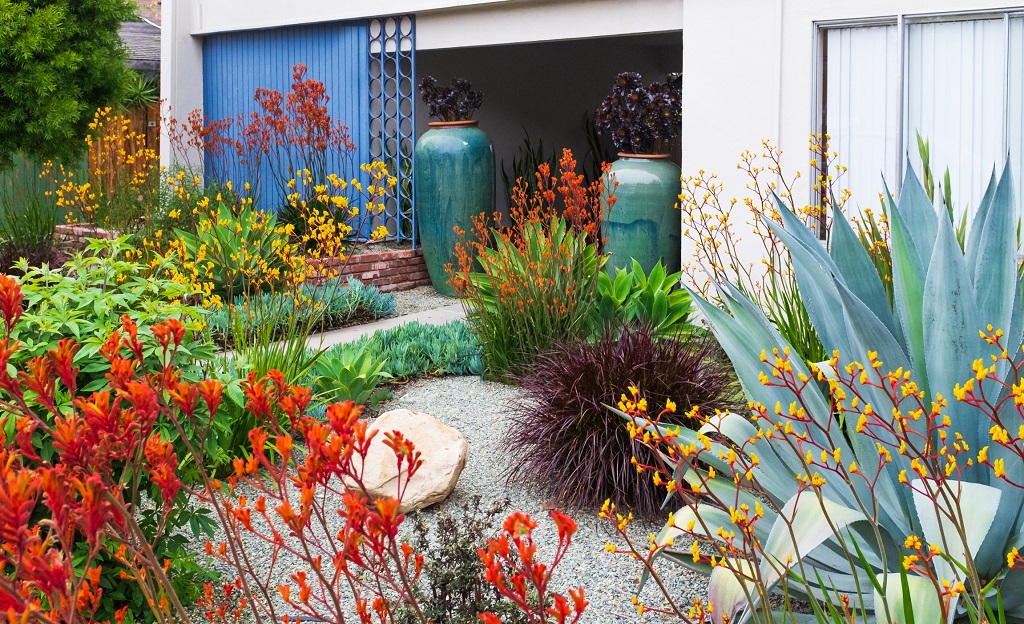Having an outdoor space in a natural setting is vital for your mental and physical well-being, and having one right at your doorstep adds incredible convenience. However, the demands of a hectic lifestyle mean that you will likely seldom have sufficient time to tend to relentless weeds or to provide the proper care that your plants will need. That’s why we’ve outlined a plan for creating a truly low-maintenance and enjoyable garden in a few simple steps.
5 Easy Steps to Having a Low-Maintenance Garden
- Choose Resilient Native Plants
- Install an Automated Water Irrigation System
- Create Small Rock Gardens
- Complement Your Garden with Artificial Grass
- Invest in a Container Garden
Also see:
- Closing Thoughts
- Low-Maintenance Garden Resources
- How to Add Calm to Your Life with a Peaceful Sensory Garden
- How to Create a Thriving Pollinator Garden with these Plants & Trees
- Best Fruit Trees to Plant by Hardiness Zone
- Pestie: The 411 on the Popular DIY Pest Control Subscription Service
- More Recommended Gardening & Lawn Care Articles
1. Choose Resilient Native Plants
The first step is to invest in native plants that grow in your region, as these have evolved over centuries to survive in your particular climate. They are already equipped to gather the proper nutrients from the soil, thrive in the soil at the right pH level, and are supplied with the right amount of water for their survival.
Native plants are much more resistant to the area’s droughts, freezing, and common diseases. They’ve adapted to the local climate and will not require much of your energy or effort to survive in your garden.
In western, desert climates, such as Southern California, Arizona and Nevada, native plants play an especially vital role of being drought tolerant. It is important, however, to make your immediate outdoor area as hospitable to your chosen native plants, as possible.
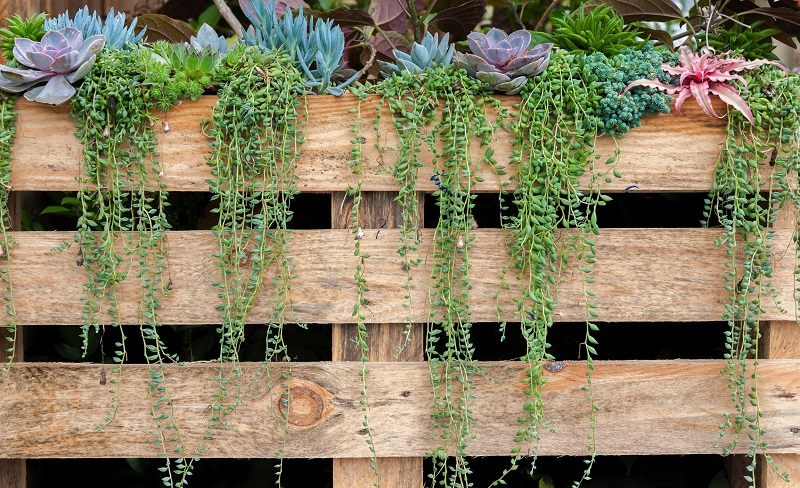
Further benefits of native plants include:
- Being more cost-effective, as they don’t require as much maintenance
- Not needing as much weeding or attention
- Supplying necessary resources to attract local birds, butterflies, and wildlife
- Serving an essential role in the local ecosystem
- Providing vital support to native bees

Also see:
- How to Create a Thriving Pollinator Garden with these Plants & Trees
- Top Pollinator Plants
- Best Trees for Pollinators
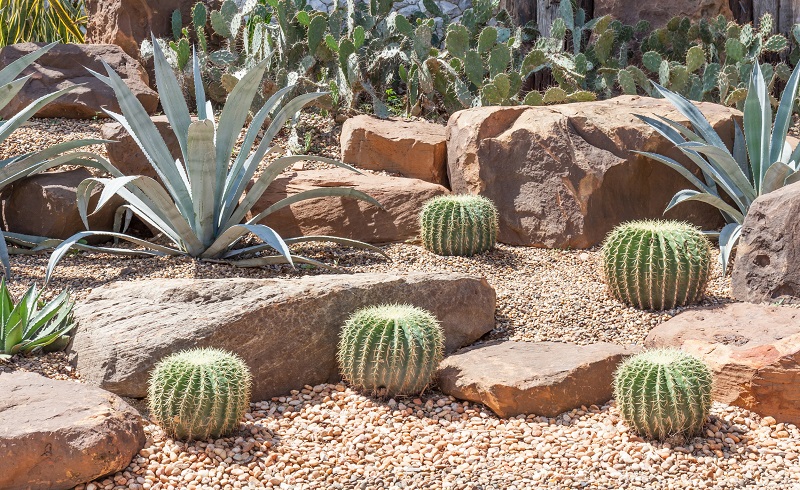
2. Install an Automated Water Irrigation System
Even when planting native species, there will be times when you need to supply your beloved plants with some additional water. Watering plants by hand is not only time-consuming, but it also uses more water, and in these water-scarce times, conservation is key.
Installing an automated water irrigation system means you can easily do the hard work of watering without wasting any water. The installation of an irrigation system is also relatively simple, often involving just a bit of drilling holes into a hose and connecting to the tap.
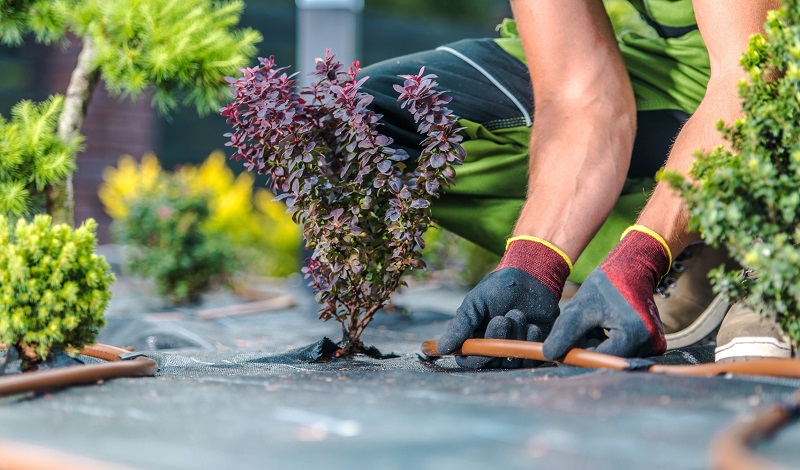
There are two main types of water irrigation systems:
- Subsurface irrigation is when the system is buried underground, and the water is applied directly to the plant roots.
- Localized irrigation is usually above ground, where water is pushed through pipes to reach the plants.
Also see:
3. Create Small Rock Gardens
To mitigate the need for investing in a large volume of plants, you should also consider making small yet attractive rock gardens. These require little to no maintenance and are attractive features to enjoy.
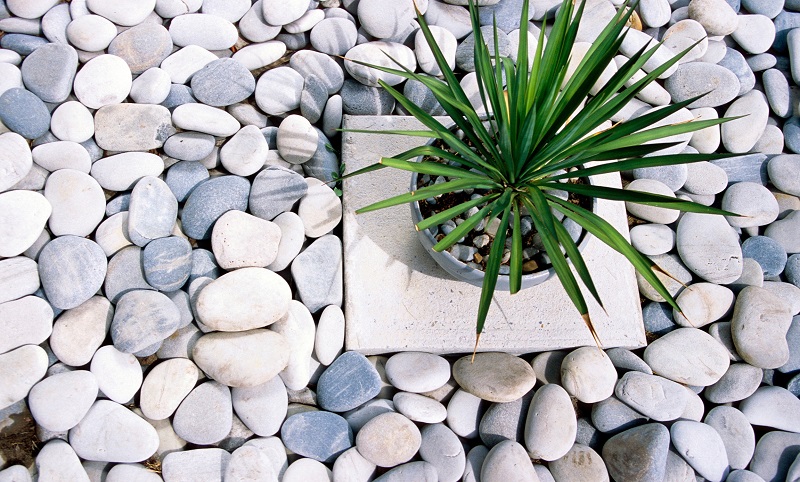
One of the more common options is bluestone for rock gardens – an all-natural, dense and durable stone slab available in various colors that has a beautiful texture, remaining cool to the touch.
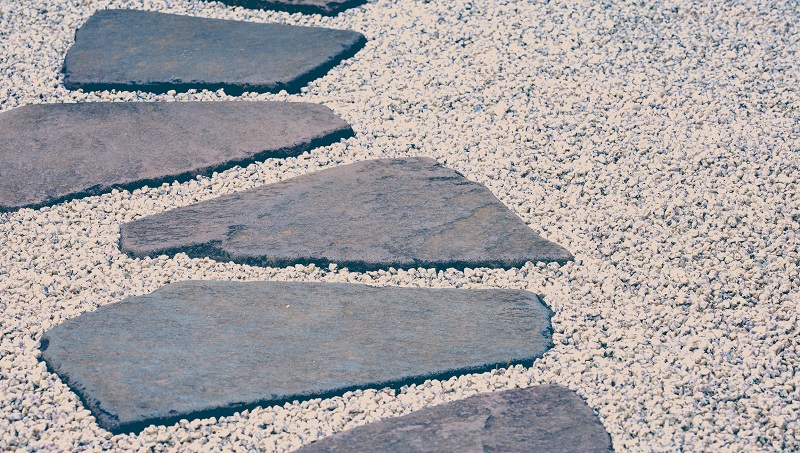
However, crushed stone is also a great option available at a fraction of the price. There are many styles of rock gardens, ranging from delicate pebble formations to Japanese-style dry parks. It’s really up to you what design and size of rock garden you’d like to add!
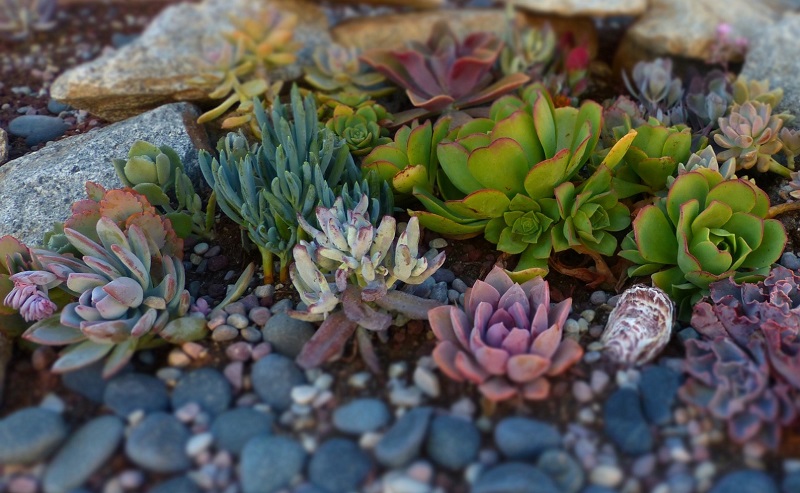
4. Complement Your Garden with Artificial Grass
If you’re going to plant natural grass in your garden, ensure that it’s native grass that will survive the local environmental conditions. However, artificial grass is also a popular, low-maintenance option for ground coverage in your garden.
Though artificial grass is clearly not natural, its highly improved natural-looking aesthetics and hosts of environmentally-friendly benefits certainly warrant its inclusion into any low-maintenance garden.
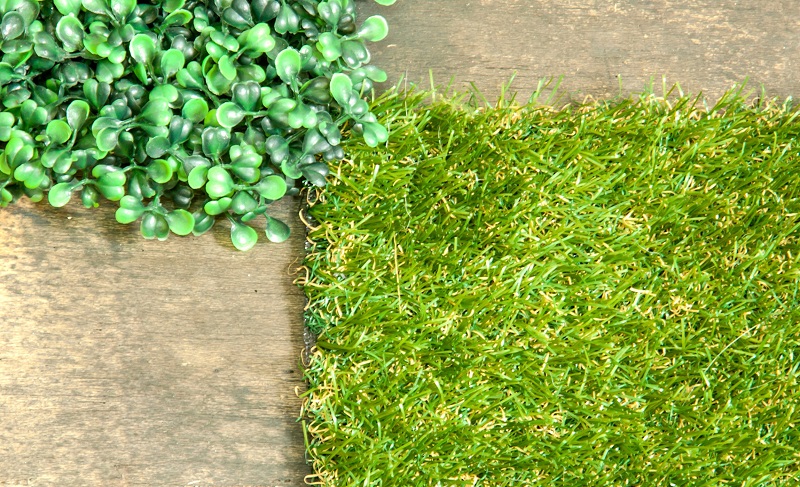
It’s important that the right type of artificial grass is chosen and installed properly, which is why you need to consider securing the services of a reputable and licensed landscape contractor. They will not only ensure that the installation is done right, but assess your garden and match the artificial grass type to your particular taste and needs.
In addition to the low maintenance nature, some of the other benefits of laying down an artificial turf, instead of going with the natural option, include:
- It’s cost-effective: while there might be an initial capital cost for the outlay, you don’t have to invest in gardening equipment or consistent watering, which saves on cash.
- It’s pet-friendly: modern grass systems have dual flow backing systems to drain the water (and urine), so there are no muddy paws in the house. It also comes with antimicrobial additives to eliminate germs and smells related to pet waste.
- It looks good year-round, even during drought conditions.
- It’s safe for children and creates less mess.
Also see:
- Tempted to Install Artificial Grass? Not So Fast!
- Improve the Health of Your Garden & Lawn with Professional Pet Waste Removal Services
5. Invest in a Container Garden
Another alternative is to grow your plants in pots rather than in the ground. This is a low-maintenance, space-efficient alternative that can be incredibly attractive when done correctly.
You can get really creative by reusing old containers around your garden for plants, making this an environmentally- and budget-friendly option. Containers are also conveniently flexible, as they’re easy to move around, so that you can rearrange your garden on a whim!

Also see:
Closing Thoughts
If you’re unsure how to get started, how to “do things right”, or how to select the right plants for your local environment, we highly recommend contacting a reputable and experienced local landscape contractor. Not only can an expert eye and keen insight go a long way into making a garden even more low-maintenance, leveraging the right native plants in the right conditions will put the power of Nature behind your efforts of fostering a thriving, natural garden!
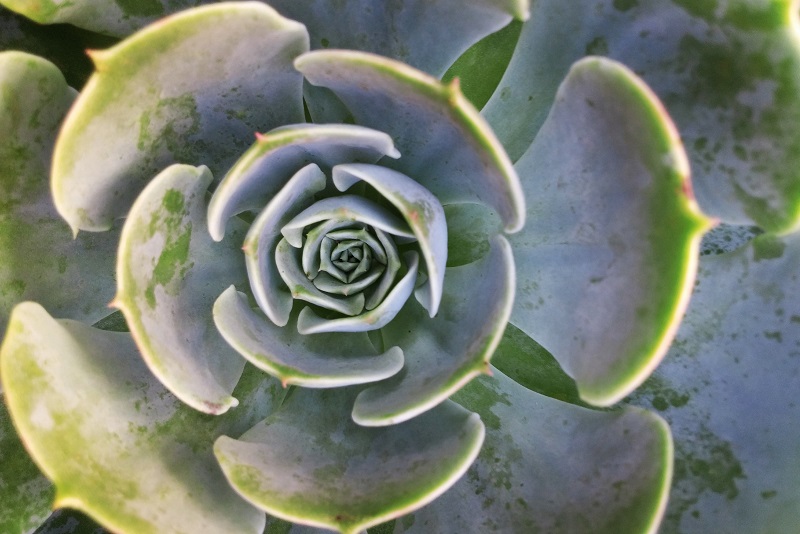
For more ideas on how to make your garden & outdoor areas more enjoyable, also see:
This article was written with Andrew Herbert, a guest contributor. Andrew is an experienced content writer with a passion for architecture, landscape design, and home improvement projects. He is currently living in Las Vegas, and assisting Visualized Landscape as a content marketer.
Low-Maintenance Garden Resources
- Fire-Resilient Landscaping with Native Plants
- The Ecological Landscape Alliance (ELA)
- Directory of Ecologically-Friendly Horticulture Organizations
- Native Plant Network
- Native Plant Trust (New England)
- Wild Ones: Native Plants, Natural Landscapes
- Native Garden Plans
- Irrigation Fundamentals
- Drip vs Overhead Irrigation
- How to Maximize Your Well-Being with the Joy of Gardening
Recommended Gardening & Lawn Care Articles
- Uber Apps for Lawn Care & Outdoor Services
- Current State of Landscaping Technology for Your Home
- 7 Ingenious Tech Products for Weed and Pest Control
- 9 Helpful Gardening Apps to Augment Your Green Thumb
- Best Garden & Landscaping Shows Now on Amazon Prime
- Improve the Health of Your Garden & Lawn with Professional Pet Waste Removal Services
- The Many Uses and Benefits of Shade Sails for Your Home
- The Traits & Risks of Dangerous Trees: Is Your Property Safe?
| Purgula is reader-supported. When you click on links to other sites from our website, we may earn affiliate commissions, at no cost to you. If you find our content to be helpful, this is an easy way for you to support our mission. Thanks! Learn more. |

